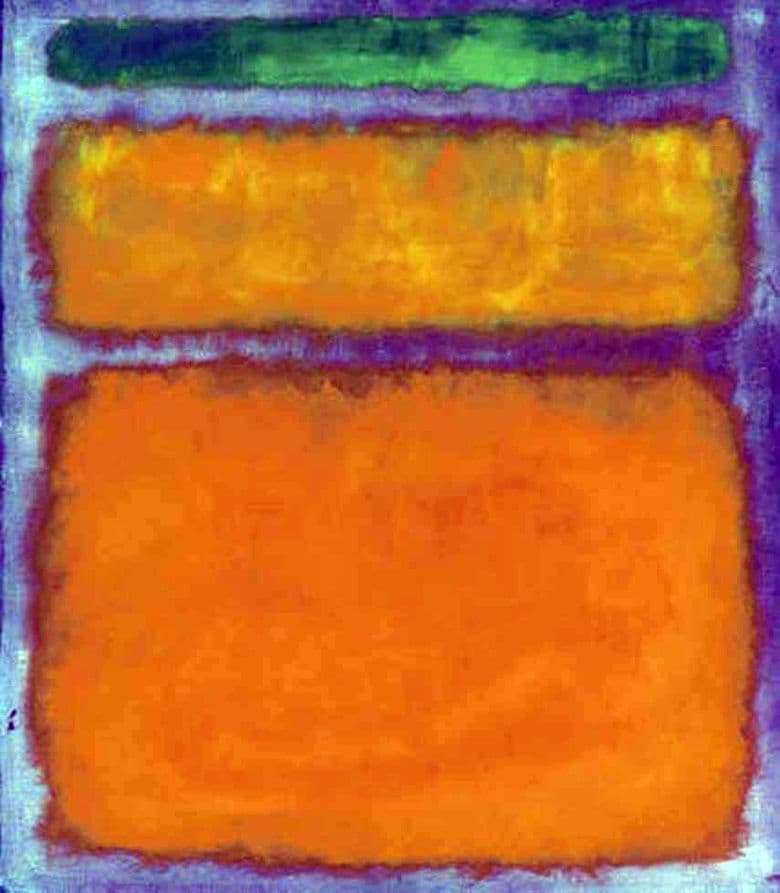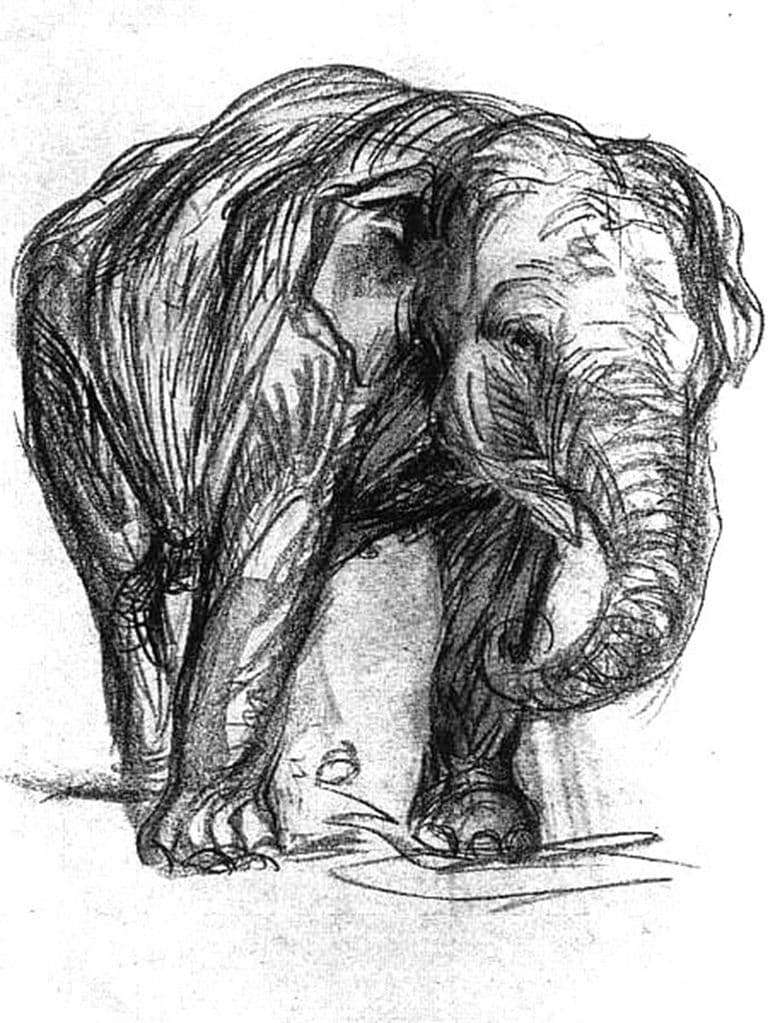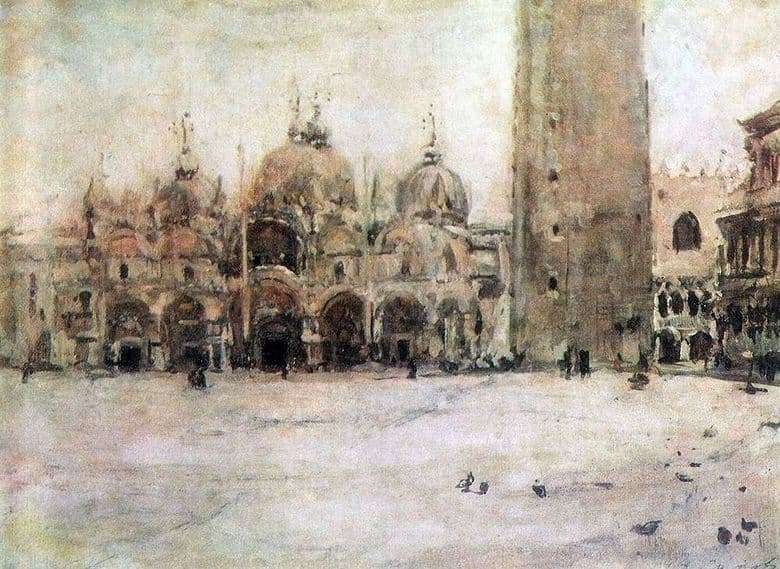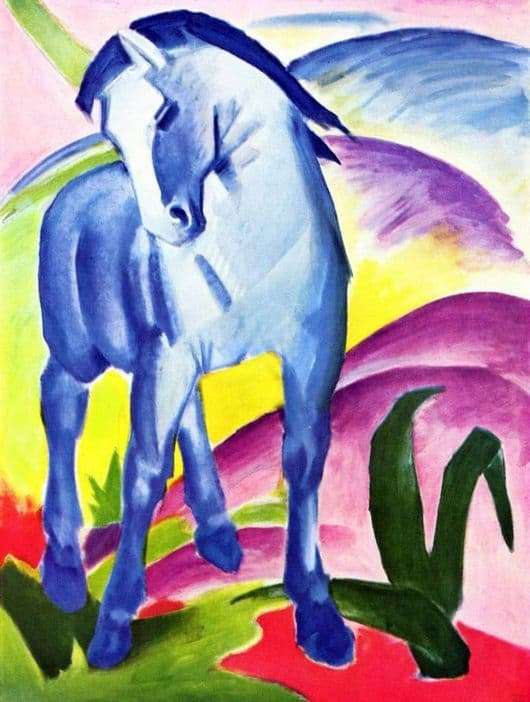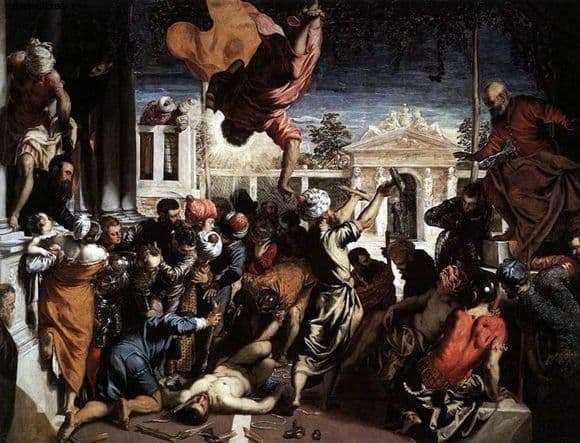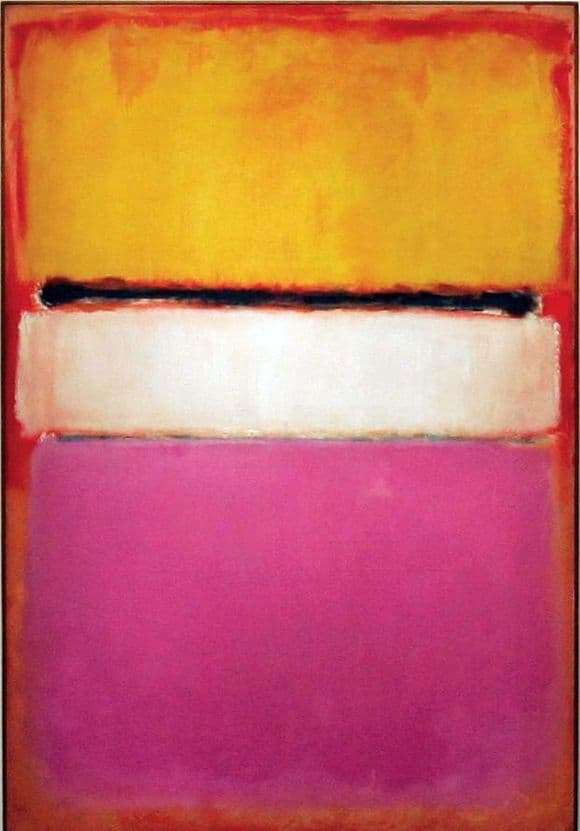
American artist Mark Rothko is not very famous here in Russia. But despite this, his paintings are sold at auction for hundreds of millions of dollars. What makes his paintings so expensive? Indeed, at first glance, most of Rothko’s paintings are squares, colored lines and color mixing. In fact, the author has put a lot of sense into his paintings, which is why many argue that they have no price.
Mark Rothko wrote in the style of abstract expressionism. This plot is characterized by incomprehensible scenes, unusual combinations, and the images are easy in their execution.
The painting “White Cent” is also incomprehensible at first glance, like all the expressionist creations. In the picture we see three lanes. Below is bright pink, in the center is white, just above the white band we see a thin black one, on the top is a yellow band. It is the multicolored stripes characteristic of Rothko’s creativity. He loved to create on large canvases, using the brightest colors and their combinations. This was the hallmark of the fine arts of the 50s of the twentieth century.
Many still argue whether all these stripes, colors and sizes make sense? Some argue that there is no point, and the artist just wanted to convey his emotions through such paints. Well, those who love philosophizing say that the white color in the middle symbolizes our dreams and hopes. Black is the image of all the bad that is on earth. And bright colors are a symbol of the fact that everything in this life is beautiful.
Some believe that this is how the artist showed us the day. Rose – dawn, white – day, yellow – sunset, and black – night. The author himself said that he creates for pleasure.
Everyone must decide for himself whether it is art or self-indulgence. But Rothko’s paintings are gaining increasing popularity. Perhaps people are beginning to notice some amazing features, and perhaps this is just great advertising and fashion for expressionism.
Description of the painting by Mark Rothko “White Center”
